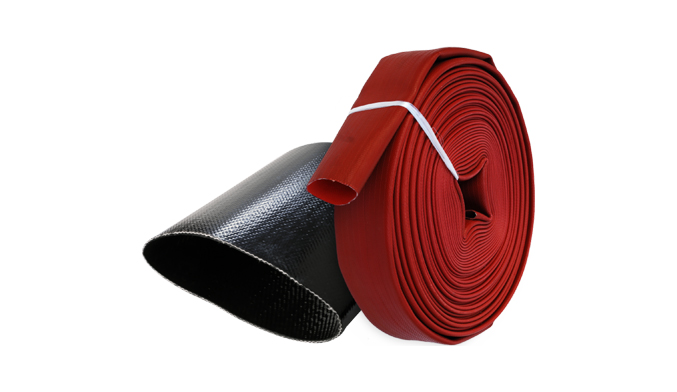1. When inspecting, use hoses of the same variety, same […]
1. When inspecting, use hoses of the same variety, same inner diameter, and 1000 meters long as one batch. Randomly extract 100 meters from it for appearance inspection. Take 3 samples in an economical way, and the length of the samples should meet the requirements.
2. The inner diameter of one sample of the fire hose should meet the requirements of this standard; the arithmetic average value of the weight per unit length and the amount of water seepage of the three samples should meet the requirements of this standard; only one state of blasting test should be performed on one sample. And should meet the requirements of this standard.
3. If an item does not meet the requirements of this standard during the inspection, the item shall be re-inspected once. During the re-inspection, samples are still drawn in an economical way. The results of the sample re-inspection should meet the requirements of this standard, otherwise it is a non-conforming product.
4. When there is a dispute between the supplier and the buyer on the quality of the product, all costs of the arbitration inspection shall be borne by the responsible party.
The first is to save water. It can be properly irrigated according to the water demand of the crops, and only the soil near the roots is wetted, which plays an important role in reducing irrigation losses. Second, it can save energy and increase yield, because micro-irrigation saves water compared to surface irrigation, which means that water-lift irrigation consumes less energy. The use of fire hose manufacturers creates good water, heat, air, nutrients and other environments for the soil in the active layer of crop roots, so it can obtain high and stable yields. In addition, the blue hose also saves a lot of labor. It is easy to use and operate, high labor efficiency, convenient for automatic control, and obviously save labor.

NINGBO JIANMEI SPECIAL HOSE CO., LTD.